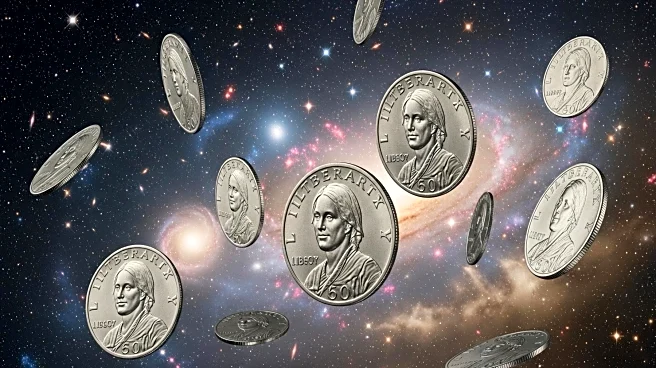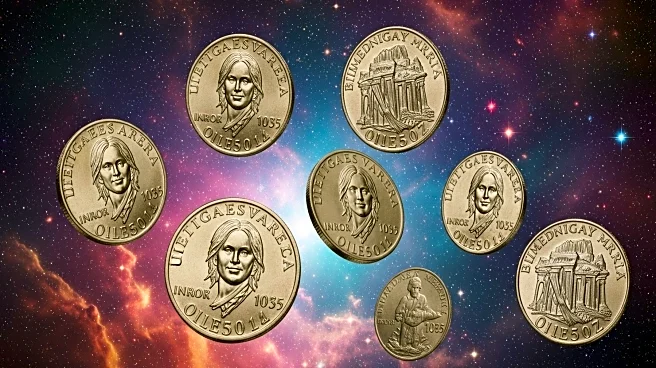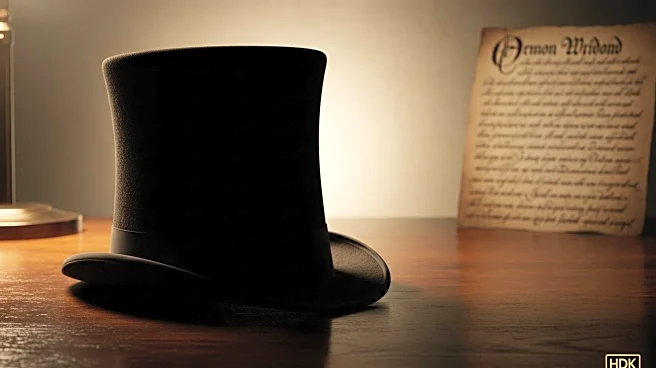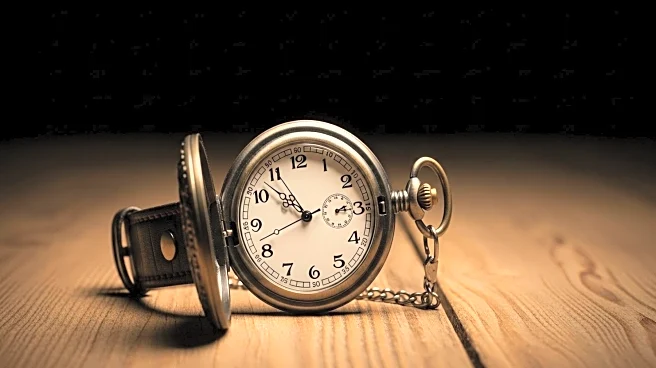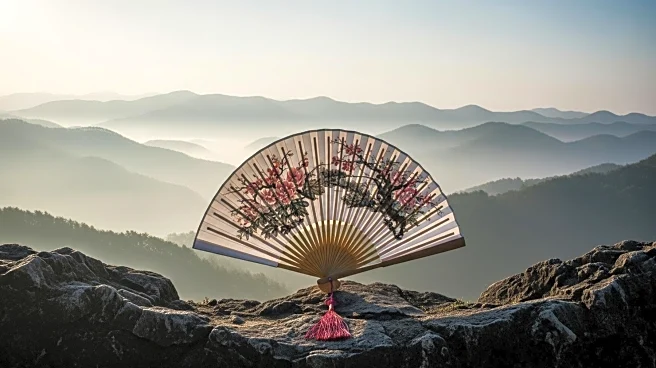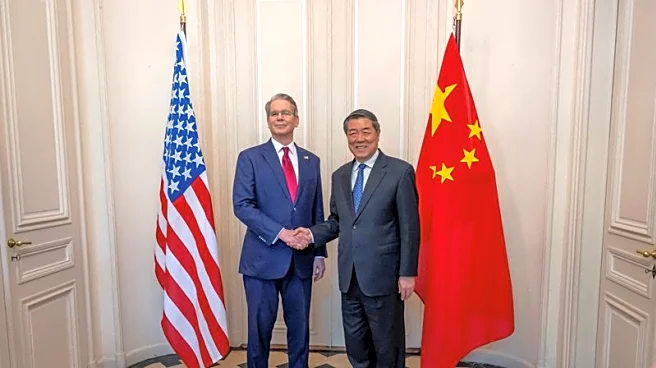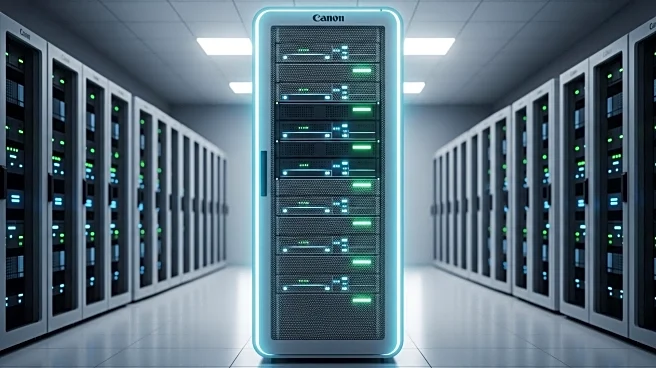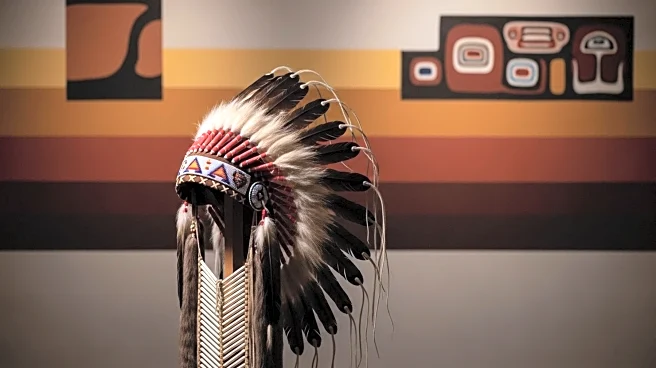What's Happening?
The United States Mint's space-flown 22-karat gold Sacagawea dollars have achieved remarkable auction results, with some coins selling for as much as $550,000. These coins, officially designated as 2000-W Sacagawea dollars, were struck in the late 1990s and traveled nearly 2 million miles in orbit aboard the Space Shuttle Columbia in July 1999. Out of an initial mintage of 39 pieces, only 12 of the best strikes were selected for the space mission. Seven of these coins were sold at auction, while the remaining five will be archived by the US Mint. The auction, conducted by Stack’s Bowers Galleries, marked the first time these coins were available for public ownership. The coins are notable for their unique 'engraved tailfeathers' reverse design, which was only used on the first coins in the series.
Why It's Important?
The auction of these space-flown Sacagawea dollars is significant for several reasons. Firstly, it highlights the intersection of numismatics and space exploration, appealing to collectors interested in both fields. The high auction prices, with two coins selling for $550,000 each, set new records for U.S. gold dollars struck since the Civil War and for space-flown federal coins. This underscores the value placed on items with historical and cultural significance. Additionally, the auction reflects the enduring interest in the Sacagawea dollar series, which commemorates the contributions of Sacagawea to the Lewis and Clark expedition. The sale also emphasizes the role of the US Mint in creating collectible items that capture the public's imagination.
What's Next?
With the remaining five space-flown Sacagawea dollars being archived, they will be permanently out of reach for collectors, potentially increasing the value of the coins that were sold. The auction results may encourage the US Mint and other institutions to consider similar initiatives that combine historical significance with unique attributes, such as space travel, to create highly sought-after collectibles. Collectors and investors may also look to other rare coins and memorabilia with unique stories or historical connections as potential investment opportunities.
Beyond the Headlines
The sale of these coins also raises questions about the preservation and accessibility of national treasures. While the auction allowed private collectors to own a piece of history, the archiving of the remaining coins ensures that some of these artifacts remain part of the public heritage. This balance between private ownership and public preservation is a recurring theme in the world of collectibles and historical artifacts.

